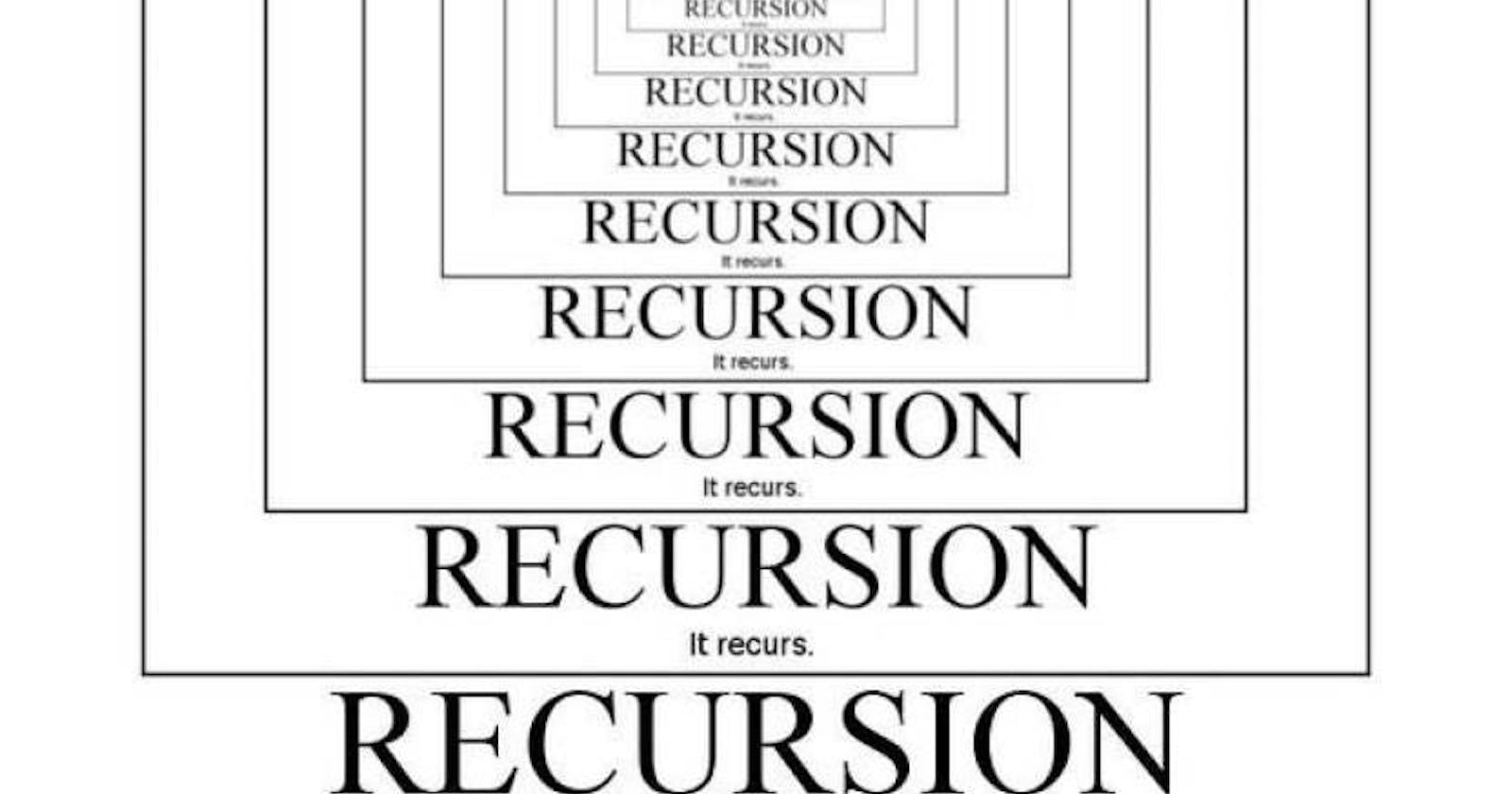Welcome to Day 6 of my #100DaysOfCode challenge! Today, we're diving into the fascinating world of recursion and exploring recursion trees. Recursion is a powerful concept in computer science and programming that allows a function to call itself, and it often involves breaking down a complex problem into simpler, similar subproblems. In this blog, we'll discuss the concept of recursion trees and demonstrate their application with three common recursive operations: isSorted, sum of elements in an array, and the Fibonacci sequence.
Recursion Trees
Recursion trees are a visual representation of how recursive functions work. Each node in the tree represents a call to the function, and the edges connecting the nodes show the flow of control. These trees help us understand how the function divides a problem into smaller subproblems and conquers them until it reaches the base case.
Let's dive into three classic recursive examples and examine their recursion trees.
1. isSorted
The isSorted function checks if an array is sorted in ascending order. Here's the code for it:
def isSorted(arr, n):
if n <= 1:
return True
return arr[n - 1] >= arr[n - 2] and isSorted(arr, n - 1)
2. Sum of Elements in an Array
The sum of elements in an array can be computed using recursion:
def sumArray(arr, n):
if n == 0:
return 0
return arr[n - 1] + sumArray(arr, n - 1)
3. Fibonacci Sequence
The Fibonacci sequence is a famous example of a recursive sequence:
def fibonacci(n):
if n <= 1:
return n
return fibonacci(n - 1) + fibonacci(n - 2)
The recursion tree for fibonacci(5) would be quite large, so I'll represent a simplified version:
fibonacci(5)
/ \
fibonacci(4) fibonacci(3)
/ \ / \
fib(3) fib(2) fib(2) fib(1)
/ / \
fib(1) fib(0) fib(1)
The recursion tree illustrates how the Fibonacci sequence generates numbers by recursively adding the two previous numbers until it reaches the base case.
Conclusion
Understanding recursion trees is a crucial step in mastering recursive algorithms. They provide insight into how recursive functions work and help us identify opportunities for optimization. We've explored the concept of recursion trees and applied it to three common recursive operations: isSorted, sum of elements in an array, and the Fibonacci sequence.
